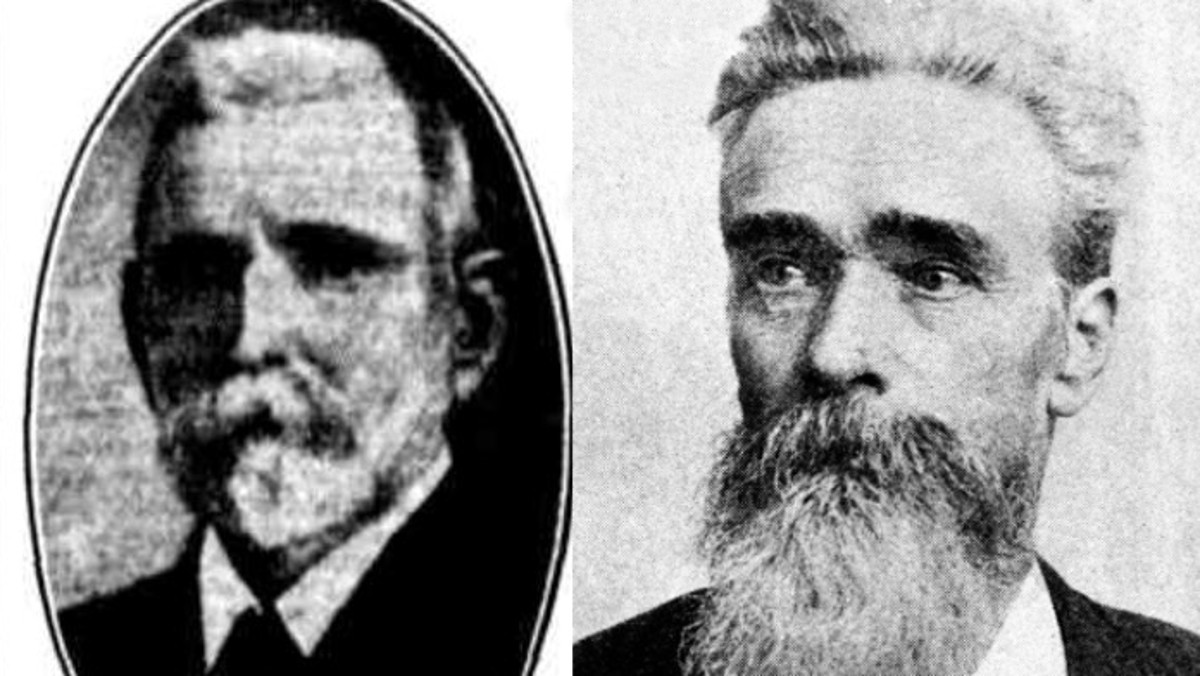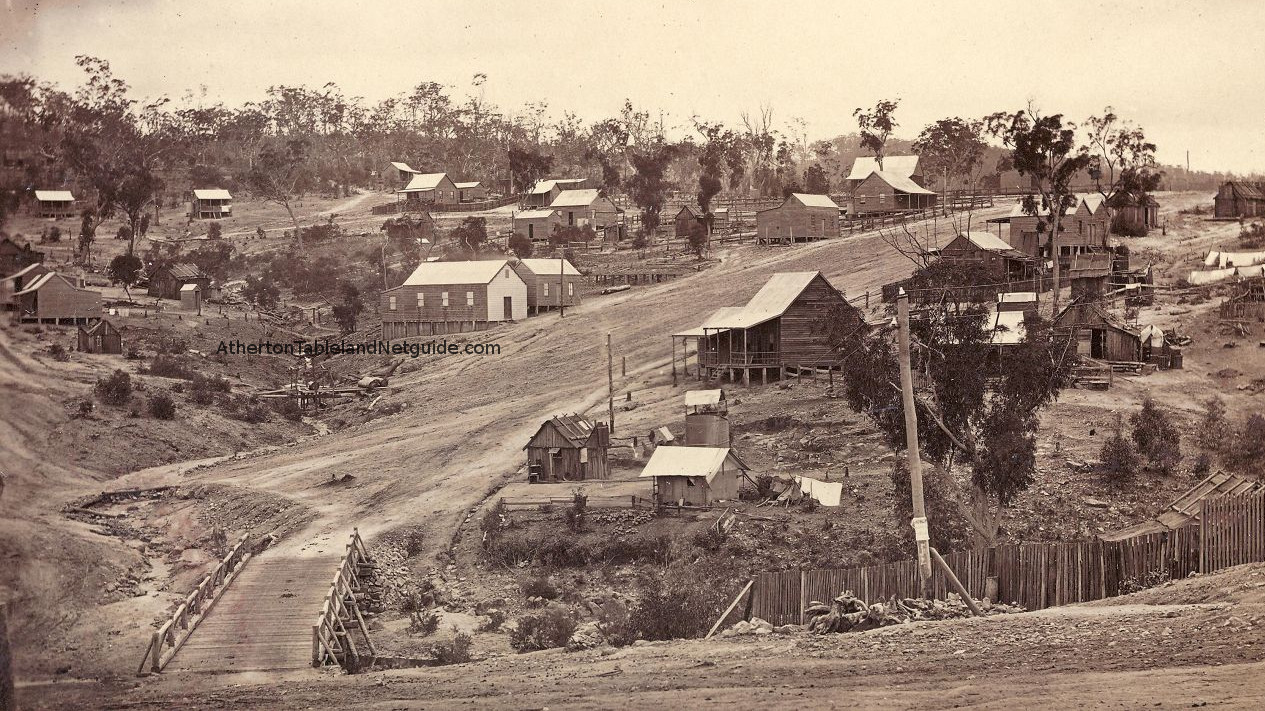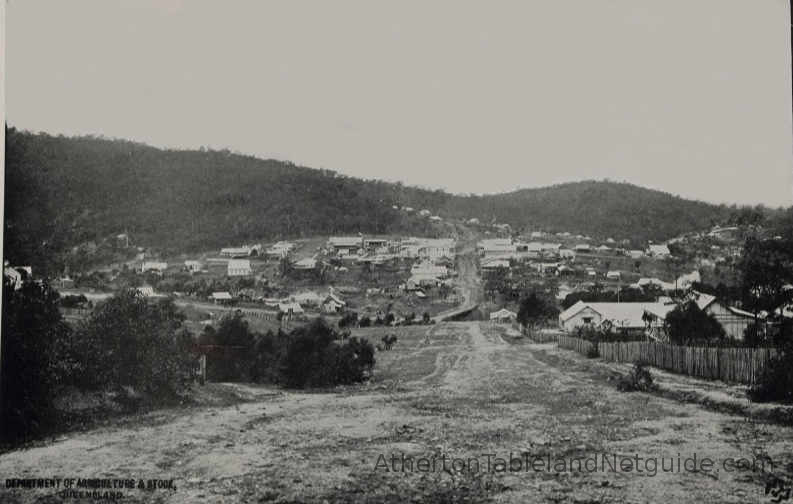

Tin was first discovered on the Wild River by explorer James Venture Mulligan on his northern expedition in 1875. Following the reports of rich mineral deposits in the region, including tin and gold made by Mulligan, John Atherton moved his family, and a herd of cattle north to settle in the region. In 1879, Atherton guided William Jack and John Newell to the alluvial deposits first discovered by Mulligan. Jack and Newell returned with a party in 1880 and discovered what became known as the Great Northern lode.
The tin deposits were rich but in order to create a viable and cost effective industry, the ore would have to be processed and concentrated. Jack and Newell were scouting prospectors for John Moffat and Company of Stanthorpe.

Jack and Newell sent a sample of tin ore to Moffat and it assayed at an extremely rich 71%. Moffat embarked for Herberton almost immediately and established the Great Northern mine and battery. The Great Northern operated from 1880 to 1956.
Selection No.1, the first freehold block on the Atherton Tablelands carried the names W. Jack, J. Moffat, J. Newell and T. Brandon and was located on the Wild River in Herberton. By the end of the year 1880, there were over 300 people in the nascent town, and a post office opened in November of that year. The following year saw the opening of the first State School, and a School of Arts.

One of the main challenges to early settlers and further development of the town was transport and communications. Herberton lay about 80 kilometers south-west of Cairns, which had only been established 4 years previously, in 1876. The terrain between, however, consisted of very steep coastal ranges and jungle. The tropical summer wet seasons caused tracks to become bogs, and made swollen rivers uncrossable. The wet season of 1882 brought a crisis when the lack of supplies brought the threat of famine to the settlement.
In that same year, 1882, Jack and Newell opened a store in Herberton. It was to be the first of a chain of stores that were to open in the many towns and mining camps that sprang up in the region over the next few decades. The last Jack and Newell store closed its doors 100 years later, at Chillagoe in 1982.
By 1885, Herberton had a population of around 600, and had a hospital, two newspapers, several churches, as well as lodges, clubs, and community and municipal associations.
